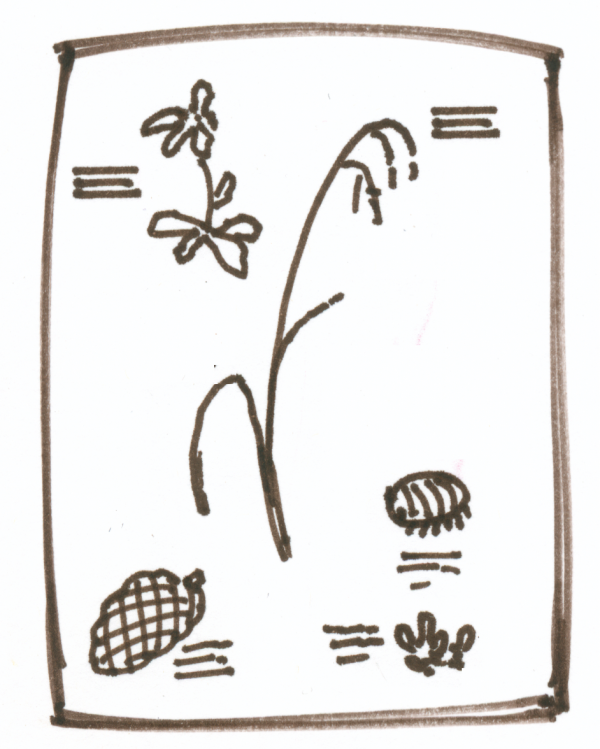How to Teach Nature Journaling
OBSERVATION AND NATURAL HISTORY
String Safari
Students discover a world of wonders within the boundaries of a loop of string. Using maps, drawings, and diagrams, they describe their discoveries in the pages of their journals.
A small patch of ground can be a rich area for study. In this activity, the string loop focuses students on a particular area and creates a special world in which they find surprising wonders and treasures. Just as field scientists’ focused study is a foundation for their thinking, these discoveries can become the driving force of students’ learning about life science concepts. The area within the string can be a jumping-off point for beginning to think about ecosystem modeling. Systems thinking can help students explain their observations or make nuanced predictions about what might happen in a given area if conditions change. Practicing making a system with the string as a boundary will prepare students to apply systems thinking in other contexts. In an optional extension, students define the boundaries of the system, then think about interactions between plants, animals, and microbes within the system; consider outside forces entering the system (inputs); then discuss things leaving the system (outputs).

